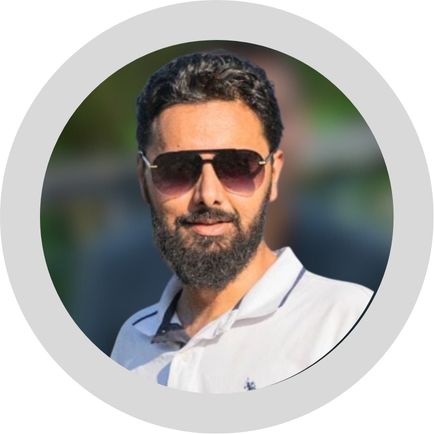Srinagar: In a first for Kashmir’s ornithology, two rare bird species—a Falcated Duck and a Collared Pratincole—were spotted in the Hokersar wetland, a Ramsar site near Srinagar. Local bird photographer Reyan Sofi documented the sighting, marking the first confirmed record of these species in Jammu and Kashmir. The findings were recently published in Indian Birds, a prominent ornithology journal.
The Falcated Duck (Mareca falcata), classified as Near Threatened on the IUCN Red List, migrates from Siberia, Mongolia, and northern China to winter in Asia, including northern India. Known for its striking bottle-green head, the male duck also features a maned neck and long black-grey tertials. This species is rarely spotted in western India but is observed occasionally in Northeast India. Sofi first saw the duck on February 15 last year and managed to spot it two more times in the same month, further solidifying his identification.
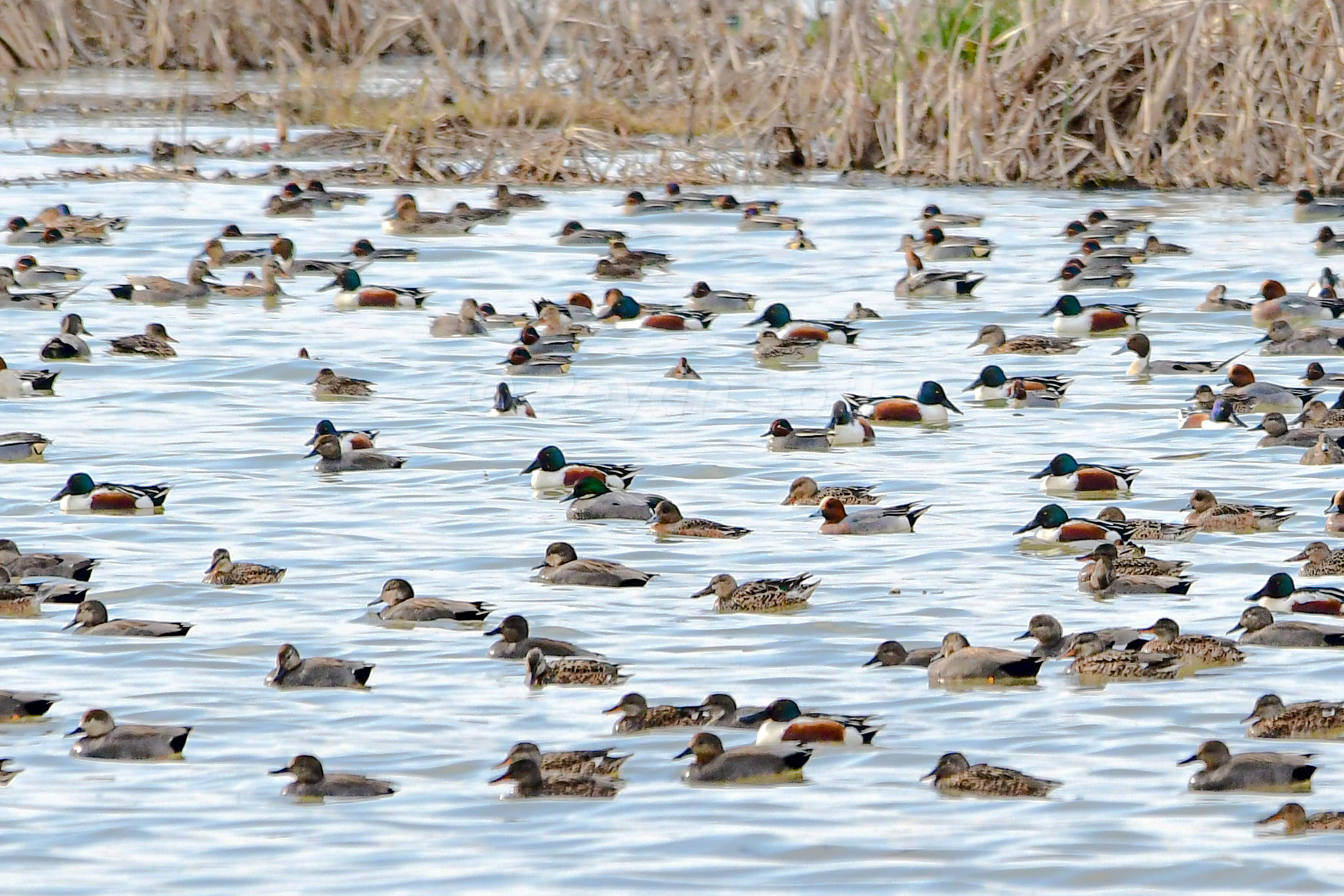
In India, this species can be found from the northern plains of Punjab and Haryana to the Assam Valley, the lower hills of southern Assam, southern West Bengal, and western Gujarat. It is rare in the western regions but occurs regularly, though uncommonly, in Northeast India.
Reflecting on the moment, Sofi shared with ETV Bharat, “On February 15, while birdwatching at Hokersar, I noticed a duck with a distinct greenish head and greyish body. It was too far to photograph clearly, but I observed it again on February 17 and 25. I was confident it was a unique sighting, and the recent confirmation in Indian Birds is immensely gratifying as it’s a first for the Valley's ornithological records.”
In a separate instance, Sofi encountered a Collared Pratincole among a flock of Red-wattled Lapwings on May 8 of this year. Although initially unclear, Sofi captured clearer photographs the following day, which confirmed this as the first recorded sighting of the species in Jammu and Kashmir, a fact verified by eBird reviewers.
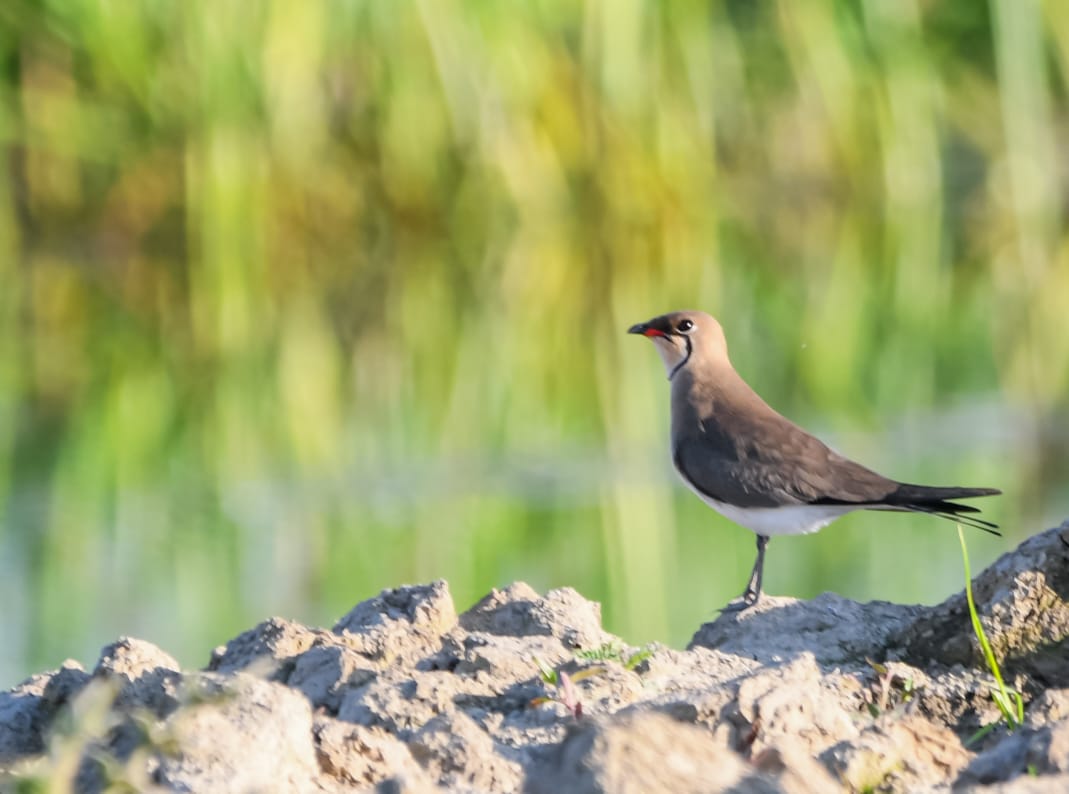
"While photographing Red-wattled Lapwings, I spotted a bird with a grey-brown upper body and a distinctive black collar.” After sharing the images, several eBirders confirmed it as a Collared Pratincole, a first for the Valley. I hope Indian Birds will document this soon,” Sofi recalled, adding, "Collared Pratincole doesn't come under IUCN Red List but is significant for Kashmir."
The Collared Pratincole (Glareola pratincola) is a medium-sized wader measuring about 24-26 cm in length notable for its grey-brown upper body, lighter underparts, and a striking black 'collar.' Although it is not listed as threatened on the IUCN Red List, the pratincole faces declines due to habitat loss, primarily driven by agricultural expansion and wetland drainage. This species migrates to the Indian subcontinent in winter, often found in open habitats like grasslands and wetlands.
The Collared Pratincole (Glareola pratincola)
- Medium-sized wader measuring about 24-26 cm in length
- Easily identifiable by its grey-brown upper body and lighter underparts.
- Distinguishing feature: Elegant black "collar" around its neck, complemented by a short, slender bill with a reddish base and large dark eyes.
- The bird breeds in southern Europe and across Asia
- During the winter months, it migrates to tropical Africa and southern Asia, including the Indian subcontinent.
- Currently listed as 'Least Concern' on the IUCN Red List
- The Collared Pratincole faces population decline due to habitat loss and degradation
- Often found in open habitats like grasslands, agricultural fields, and wetlands
Sofi has previously contributed significant sightings to the region’s records. In March last year, he documented Kashmir’s first Black-necked Grebe sighting in Hokersar, a bird that winters in East Asia, East Africa, and the southern Palearctic. In August 2021, Sofi also spotted a Sharp-tailed Sandpiper, a species last recorded in the region in 1880, along with a Red-necked Phalarope and a Dunlin. He said, "The bird was also observed at Hokersar in March of last year. It had striking features, including a vivid red eye, a black mantle and crown, a neck that is grey in front and black in the back, and a white breast, rump, and belly. The bird appeared shy and was not seen during subsequent visits to the area."
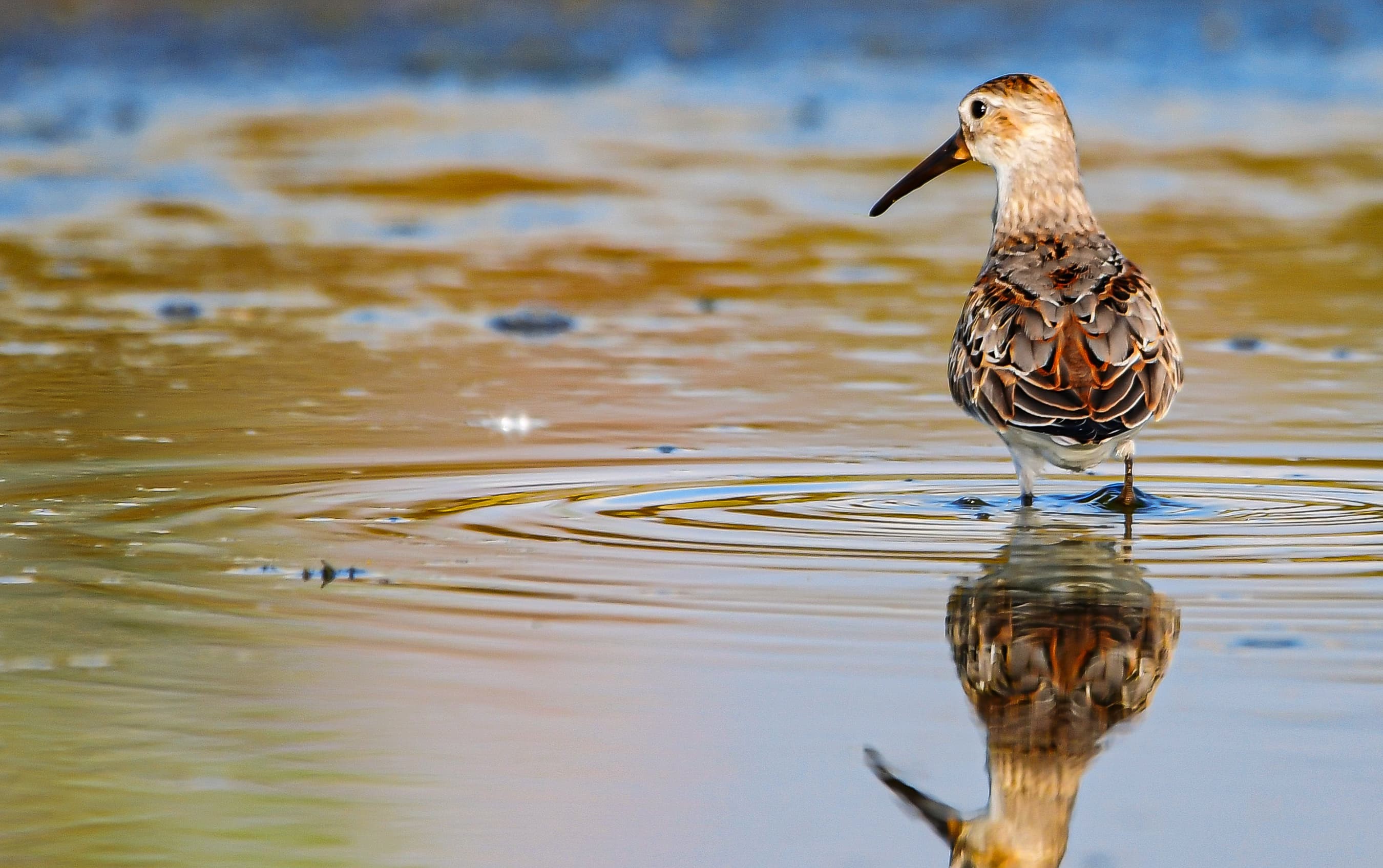
On his Red-necked Phalarope discovery, Sofi recalled, “I noticed the bird near a pool during a dry spell at Hokersar. My mentor helped identify it from photos. It was transitioning into breeding plumage, with a dark grey head, a rufous band on the neck, and a fine black bill.”
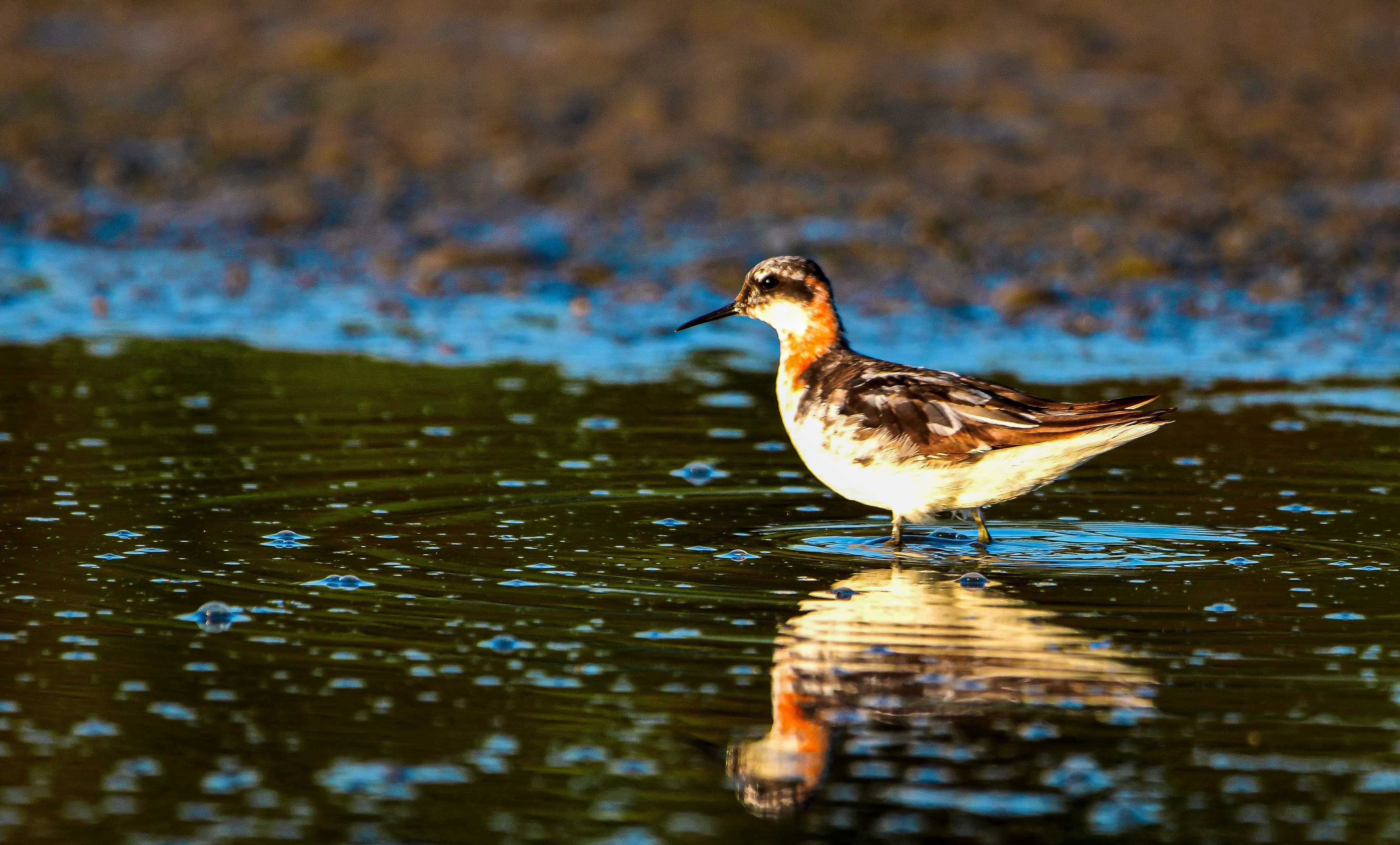
Importance of Hokersar Wetland
Located around 10 kilometers from Srinagar, Hokersar’s unique landscape and sprawling marshlands have long made it an essential stopover for hundreds of thousands of migratory birds, drawn to the area’s abundant resources and sheltered habitat. Recognizing its global significance as a wetland of international importance the Hokersar Wetland—often referred to as the “queen of wetlands” in Kashmir has undergone a lot of changes keeping the threats like its ecological health and international importance in mind.
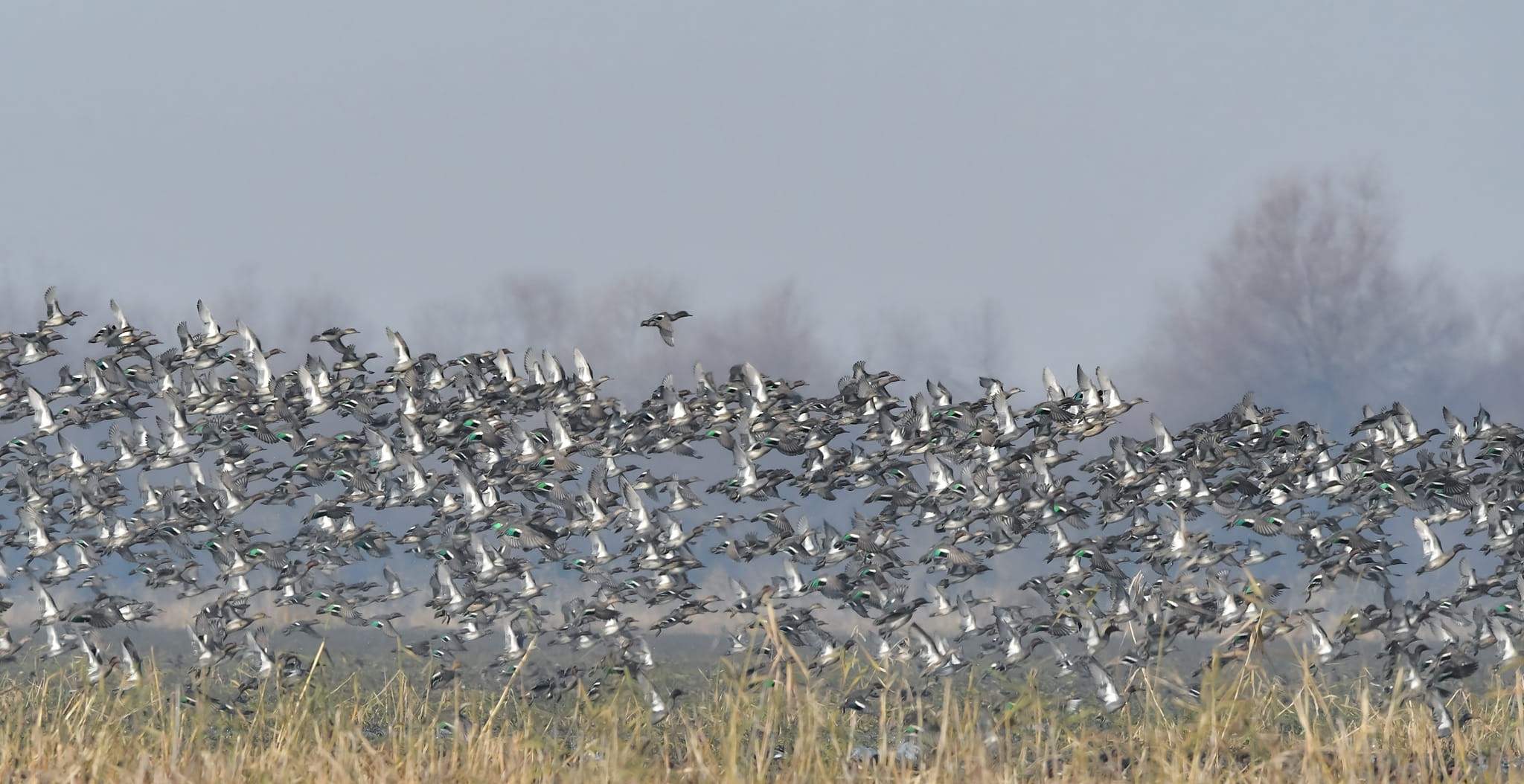
It was designated a Ramsar site in 2005 and welcomes species such as mallards, common shelducks, ruddy shelducks, coots, bar-headed geese, and various waterfowl each year. However, their sanctuary is increasingly at risk as the wetland’s area has shrunk dramatically, from 1,875 hectares in 1969 to approximately 1,300 hectares now, due to encroachment, pollution, and the buildup of soil and silt.

Following the 2014 floods, the government implemented flood control measures that involved filling parts of Hokersar with soil and silt, disrupting its natural marshy terrain. Meanwhile, unregulated development and urban encroachment continue to compromise the wetland’s integrity, further impacting the habitats of these migratory birds. Conservationists warn that without urgent intervention, Hokersar’s role as a critical hub for avian migration may be diminished, leaving a lasting impact on Kashmir’s biodiversity and the broader ecological landscape.
Read More
Kashmir's 'Avian Airport' Dries Up, Threatens Winged Guests
In a first, Black-necked Grebe sighted in J&K's Hokersar wetland
Climate Change And Pollution Threaten Migratory Birds In Odisha

